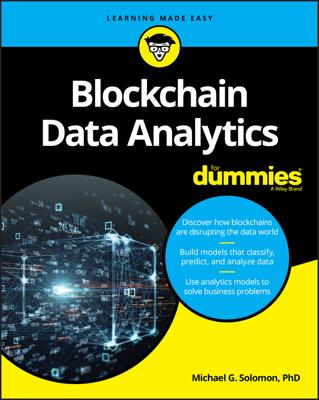 © TippaPatt/Shutterstock
© TippaPatt/ShutterstockUnderstanding smart contract functions
You can think of smart contracts as programs that contain data and the functions to manipulate that data. One way to help understand smart contracts is to think of state data as nouns and functions as verbs. Associating smart contract elements with parts of speech helps to understand each element’s purpose. You store data that represents something in the real world, such as an order, a product, or a letter of credit.Functions provide the actions that applications take on data, such as creating an order, createOrder(), shipping a product, shipProduct(), or requesting a letter of credit, requestLoC(). Data analytics is focused on extracting meaningful and actionable information from data. It is important to understand the data available to you, along with how that data was created and what real-world things and processes it represents. Smart contract functions provide the roadmap to how data gets added to the blockchain and what that data means.
Assessing smart contract event logs
One process early in any data analytics project is assessing your available data. In a blockchain environment, that step should include assessing any events related to the smarts contracts you’ll examine.One way to view events is as documentation of internal operations. These microtransaction artifacts often provide a level of granular data that you can’t get anywhere else. Don’t ignore the event logs — they may provide your best description of blockchain data and what it really represents.
Ranking blockchain transaction and event data by its effect
After you have a catalog of the data available to you, rank each data item’s importance by its effect. A data item has greater effect when it corresponds to some entity attribute or action in the real world. Data that represents a letter of credit’s approval status change is likely more important than the field that records the page count of the letter of credit document.All data is not equal. It is always up to you, the data analyst, to focus on the important data and not spend too much time on data with little value. Properly ranking data value by its effect is a learned skill, and one that takes practice.
Want to learn more? Check out our Blockchain Data Analytics Cheat Sheet.

